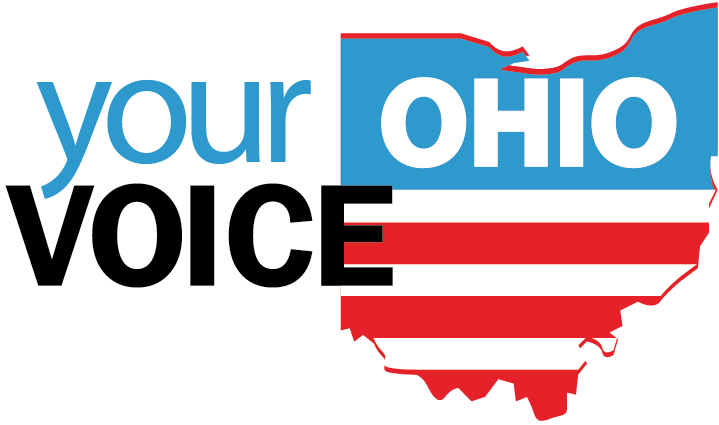The United States may make up 4.4% of the global population, but according to the United Nations International Narcotics Board, we consume 30% of the world’s opioid supply. The US ranks first of the top 25 countries that consume the most opioids, with a standard daily dose per million people at 50,000 doses a day.
Why do we appear to prescribe opioids at a much higher rate than other countries? A few possible causes include the idea that Americans are much more pain-averse than in other countries. Much of Europe has similar cultural views of pain as the United States: that it should be treated if possible. But researchers found that prescriptions in Europe are still at about half of what Americans consume.
The next possible culprit is prescription regulation. In Europe, the healthcare system is much more centralized, with universal regulations on costs and prescription amounts. In the US, regulation happens on a case by case basis, and we have different prescription monitoring programs from state to state. Americans usually go to primary care doctors and local clinics for pain treatment, while in other countries opioids are dispensed by specialists. Finally, there’s also a lack of private medical competition in the European national system. In the United States, doctor pay can be affected by the prescription of pharmaceutical drugs.
Existing regulations vary across the US: according to research by Athena Insight, currently 34/50 states require substance abuse disorder assessments prior to opioid prescription, 18/50 require clinicians who prescribe controlled substances to continue medical education. Millions of people rely on prescription pain relievers in the United States every day. What effect could heightened prescription regulation have on substance abuse? How would people with chronic pain, who use opioids legally, be affected?
What’s the impact?
A significant portion of opioid related substance abuse, overdose, and death is caused by the use of heroin, and synthetic opioids like fentanyl and carfentanil, which are not prescribed by doctors. However, prescription regulation is often counted in a wider framework of solutions: in “Ending the Opioid Crisis: A Practical Guide for State Policymakers”, researchers from The National Center on Addiction and Substance Abuse argue that opioid over-prescription during the last few decades has contributed to their misuse and to the growing epidemic. They offer a few different ways prescription regulation could be successfully instituted in the United States:
- Prescription Drug Monitoring Programs (PDMPs): PDMPs are state-run electronic databases used to “track the prescribing and dispensing of controlled prescription drugs to identify suspected misuse, doctor shopping, or diversion.” Currently, these programs operate in all 50 states. Ohio’s PDMP is known as the Ohio Automated Rx Reporting System (OARRS). From 2010 to 2015, Ohio witnessed an 85% decrease in MME (daily morphine doses) per capita.
- Safe Prescription Initiatives for Pain Management: Prescribers are required to receive specialized education and training in prescribing and administering controlled prescription drugs, monitoring patients who take these drugs, and identifying cases of misuse and diversion.
- Drug take-back programs: Disposing of unused, unwanted, or expired prescription medications could reduce the accessibility of addictive prescription opioids, and helps ensure public safety. Research by the National Center on Addiction and Substance Abuse suggests around 61 percent of prescribed medicines are not consumed. Drug collection boxes, and mail-back programs could be utilized, and pharmacies, law enforcement facilities, and others could oversee the programs.
What’s being done?
In 2016, the CDC released the voluntary CDC Guideline for Prescribing Opioids for Chronic Pain. The regulations state they provide “recommendations for the prescribing of opioid pain medication by primary care providers for chronic pain in outpatient settings outside of active cancer treatment, palliative care, and end-of-life care. Although the guideline does not focus broadly on pain management, appropriate use of long-term opioid therapy must be considered within the context of all pain management strategies… The guideline offers recommendations rather than prescriptive standards; providers should consider the circumstances and unique needs of each patient.”
More recently, the new FDA chief, physician Scott Gottlieb, has been vocal in advocating for these steps:
- Prescription limits: Capping first-time opioid prescriptions at seven days
- Regulate immediate release opioids: fast-acting pain pills (immediate release) make up about 90% of opioid prescriptions and can be more addictive, yet these have weaker oversight. Part of the new FDA regulation will be to make training available to doctors that includes safe prescribing practices and non-opioid alternatives.
Who’s affected?
Some argue these guidelines are attacking the wrong people, especially those who suffer from chronic pain. Many feel like guidelines are punishing them for using the drugs legally for cancer and illnesses. Pain patients surveyed by Pain News Network and the International Pain Foundation last October reported that they may turn to illegal drugs if their doctors follow the guidelines and they don’t feel like they are getting pain relief.
Maia Szalavitz, author of Unbroken Brain: A Revolutionary New Way of Understanding Addiction, argues that cracking down and regulating “highly effective” pain medications will only make patients suffer, without doing much to stop substance abuse. She says CDC regulations are missing the target, and cites the National Survey on Drug Use and Health: “75 percent of all opioid misuse starts with people using medication that wasn’t prescribed for them, from family members, friends, or dealers”. Instead, she writes, the attention should focus on proactive prevention: “Two thirds of people with opioid addictions have had at least one severely traumatic childhood experience, and the greater your exposure to different types of trauma, the higher the risk becomes. We need to help abused, neglected and otherwise traumatized children before they turn to drugs for self-medication when they hit their teens.”
Next week, we will explore effective correctional intervention and treatment through the Risk-Need-Responsivity Model. To follow our new research and research of our local media partners, sign up for our weekly news roundup.





